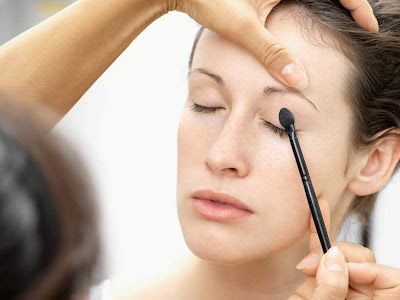 Oily Skin: If your skin is oily, it usually has a lot of shine to it very soon after cleansing and the pores are generally slightly enlarged. It is more prone to pimples, blackheads, and whiteheads than other skin types and is coarser in texture.
Oily Skin: If your skin is oily, it usually has a lot of shine to it very soon after cleansing and the pores are generally slightly enlarged. It is more prone to pimples, blackheads, and whiteheads than other skin types and is coarser in texture.
Normal Skin: Some consider normal skin to be combination skin, but it is not. If your skin is oily in the "T zone" and your nose while dry and taut on the cheeks, it is considered normal. It's also considered normal if it changes with seasons (dryer in winter, oilier in summer). Normal skins can also be 'Normal-To's' as in normal to oily or normal to dry.
Combination Skin: Combination skin is comprised of two extreme skin types on one face. These situations occur when there is acne and a lot of oil in one area when the rest of the skin is generally dry (no oil).
Sensitive Skin: Please note that you may have sensitive skin and normal, oily, or dry. If your skin has allergic reactions to beauty products and is usually sensitive to the sun, wind, and cold weather, it is sensitive. Sensitivity can show up in rash, redness, inflammation, acne, and dilated capillaries.
source: wikihow.com

